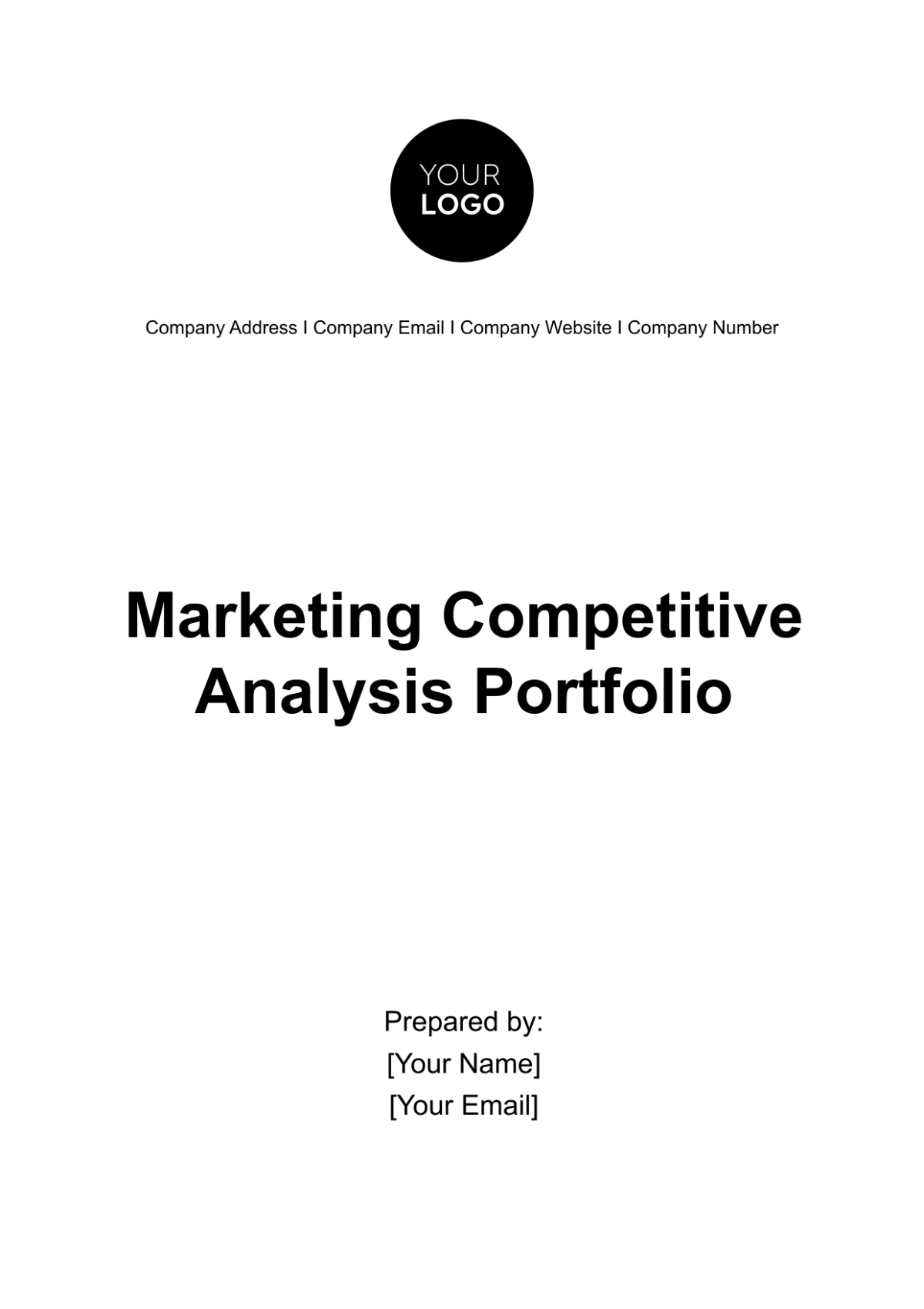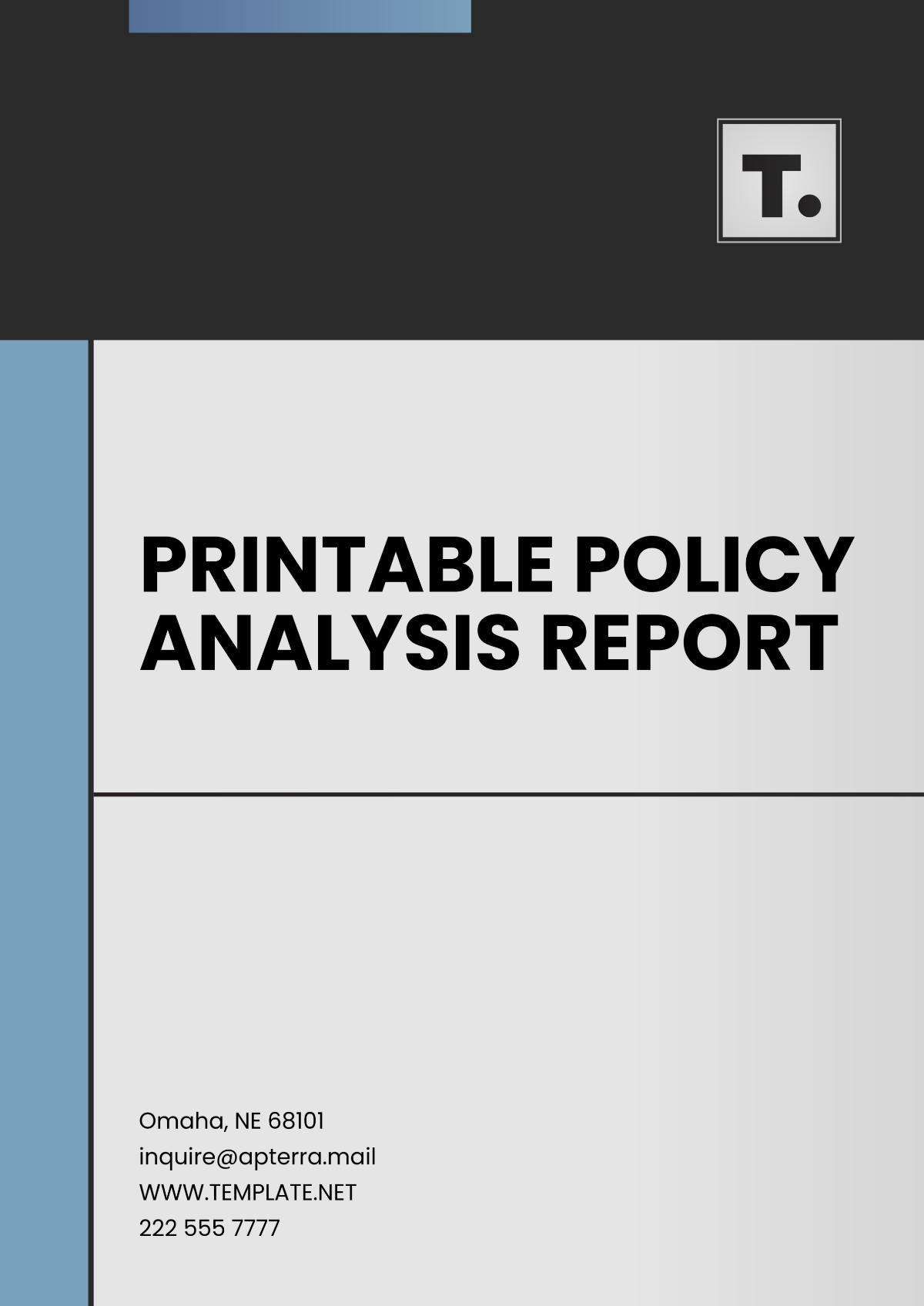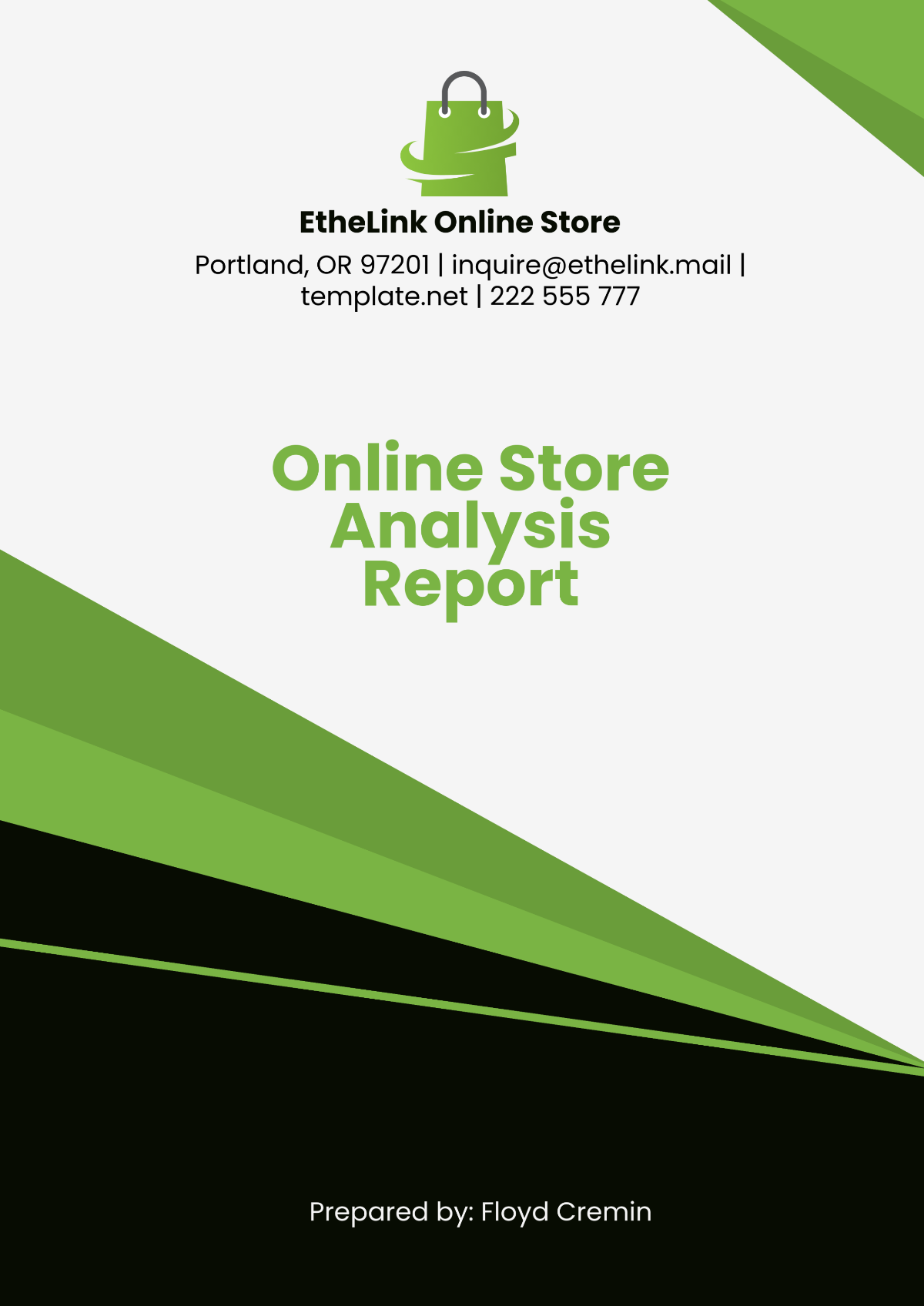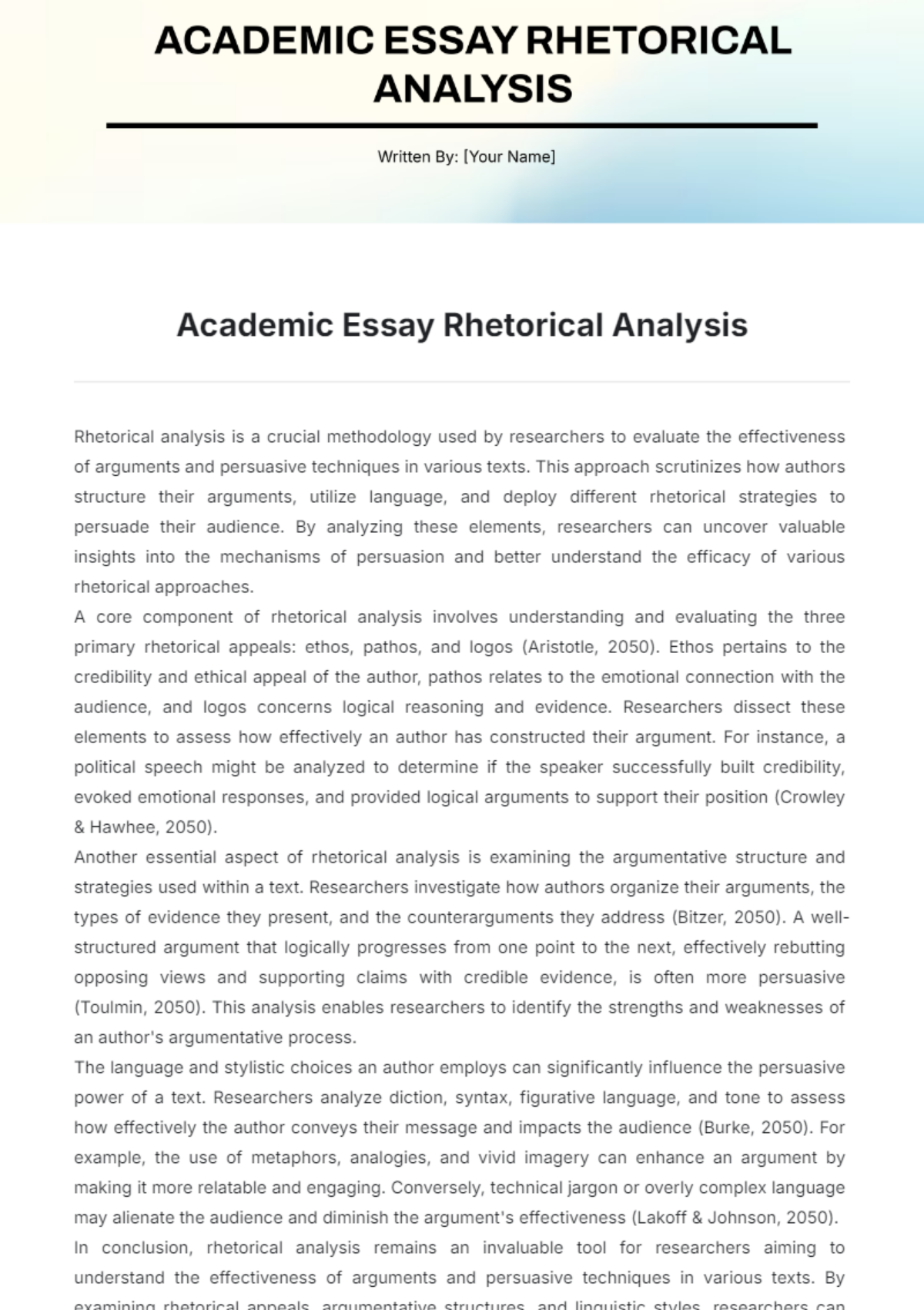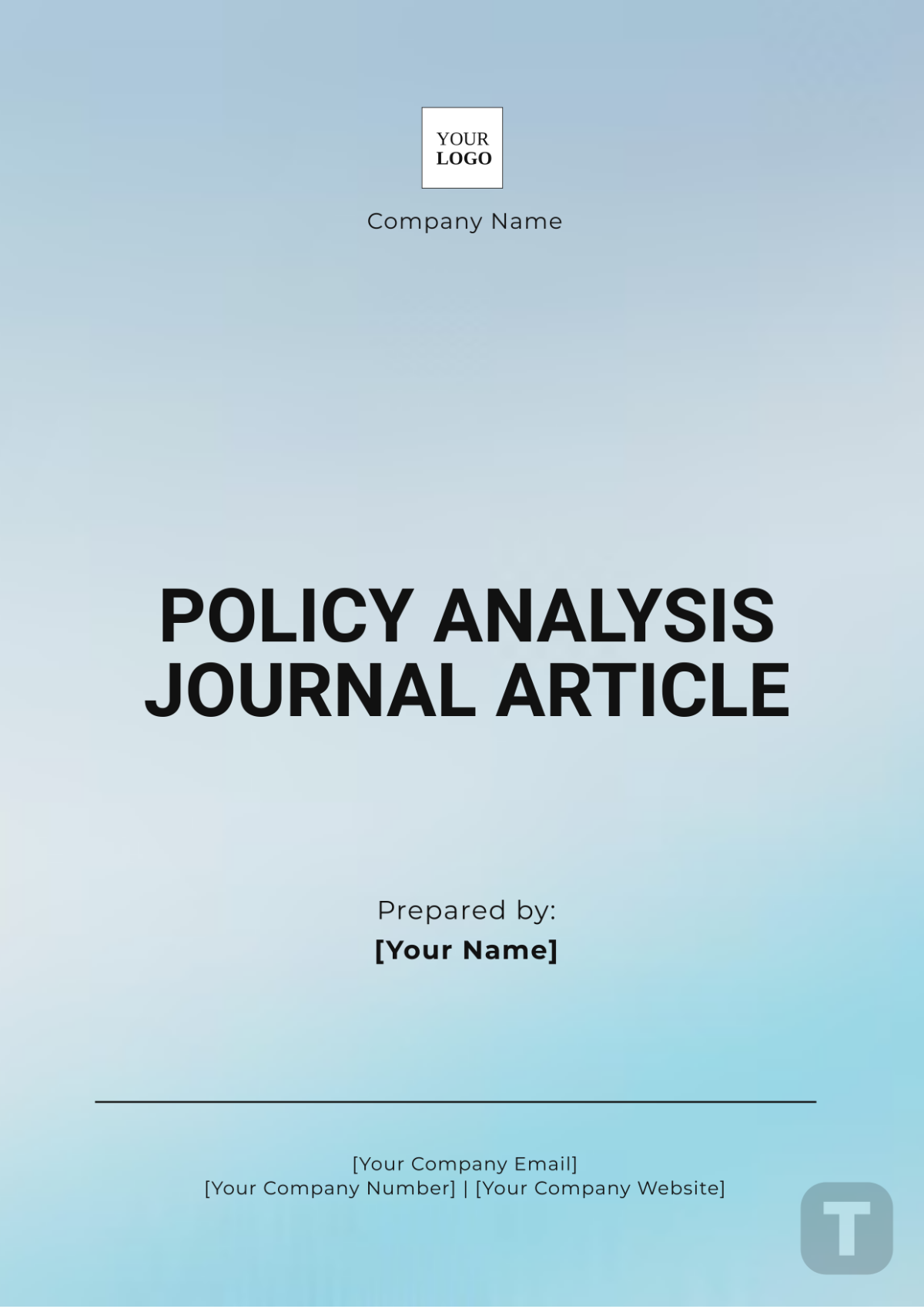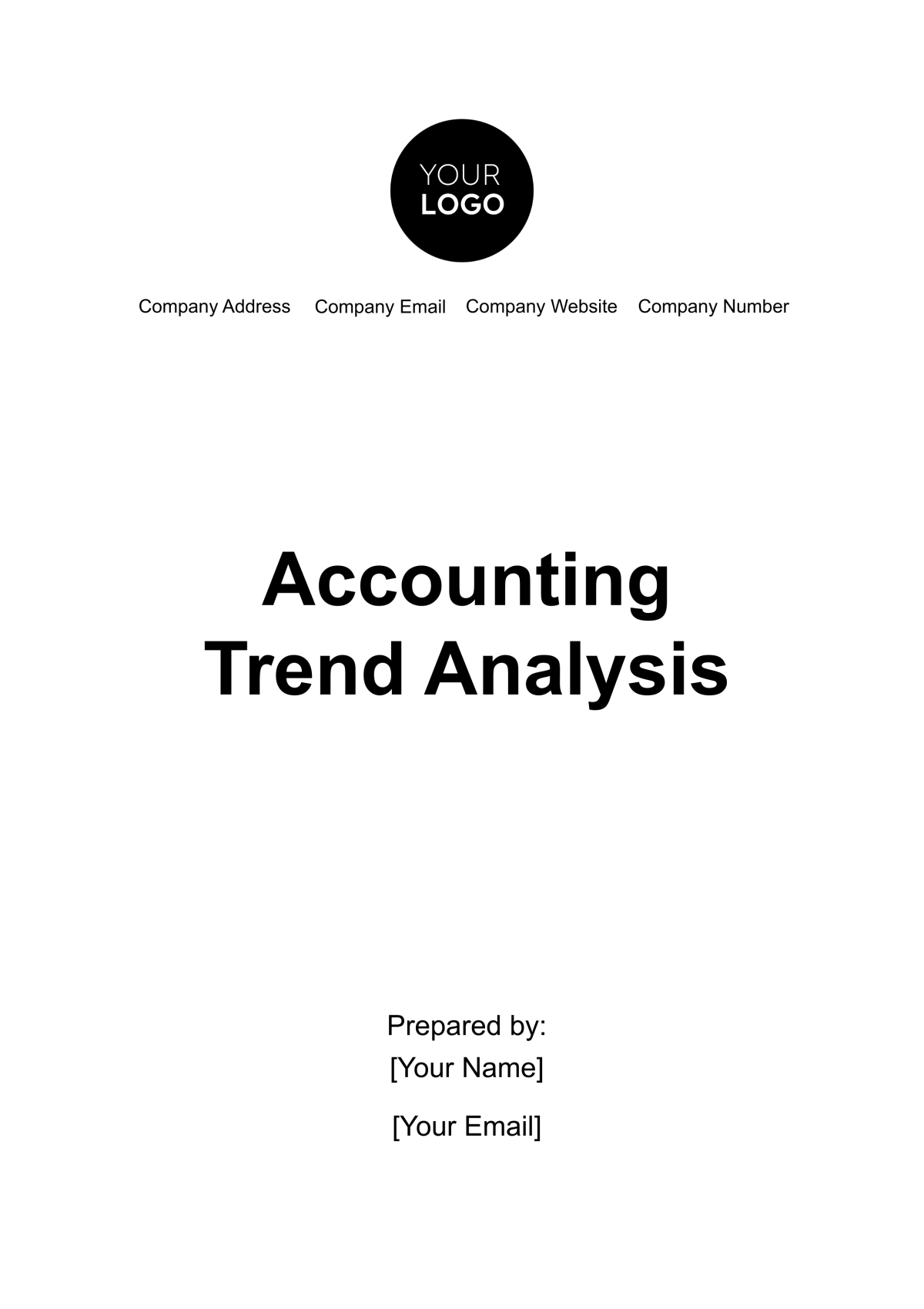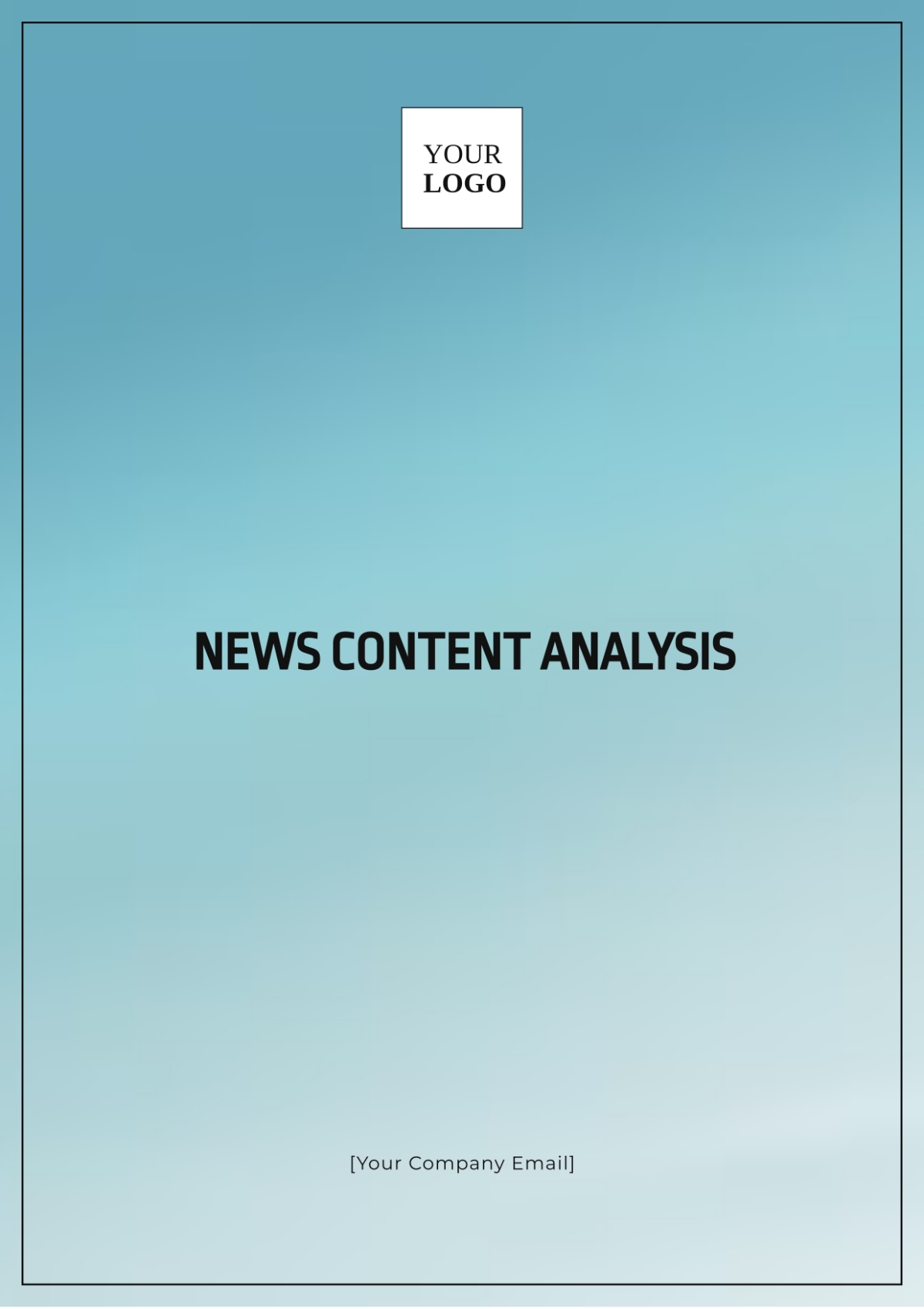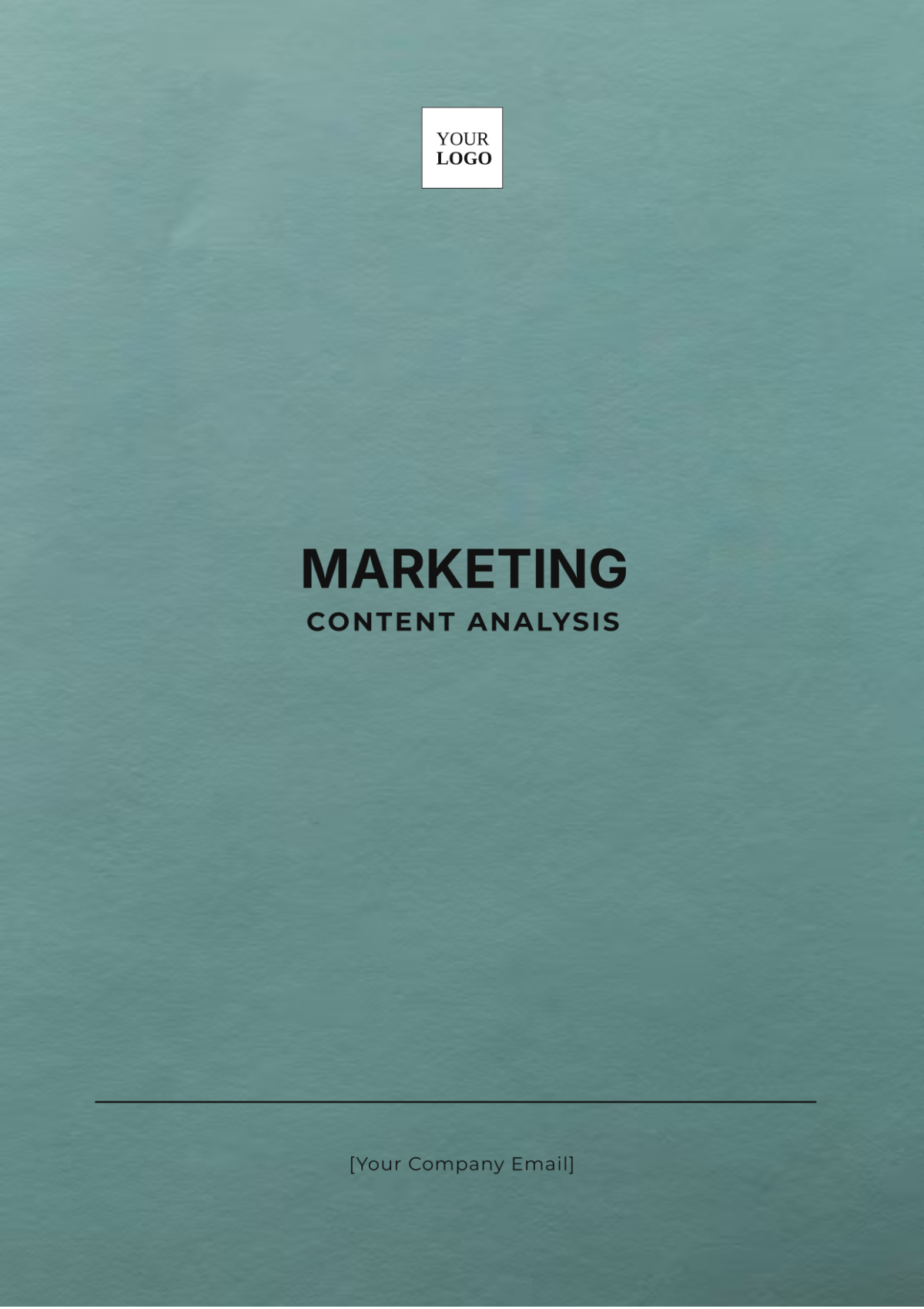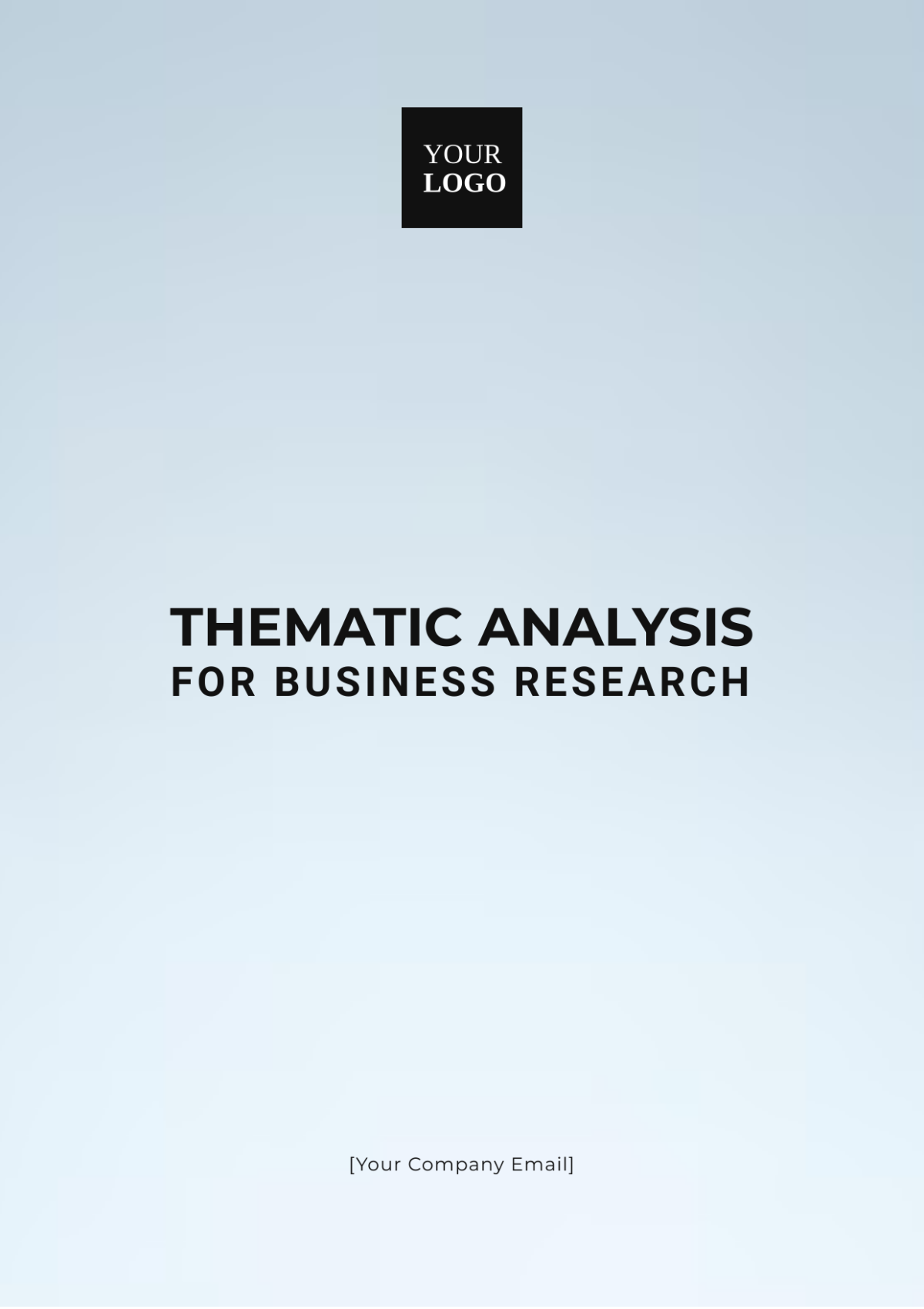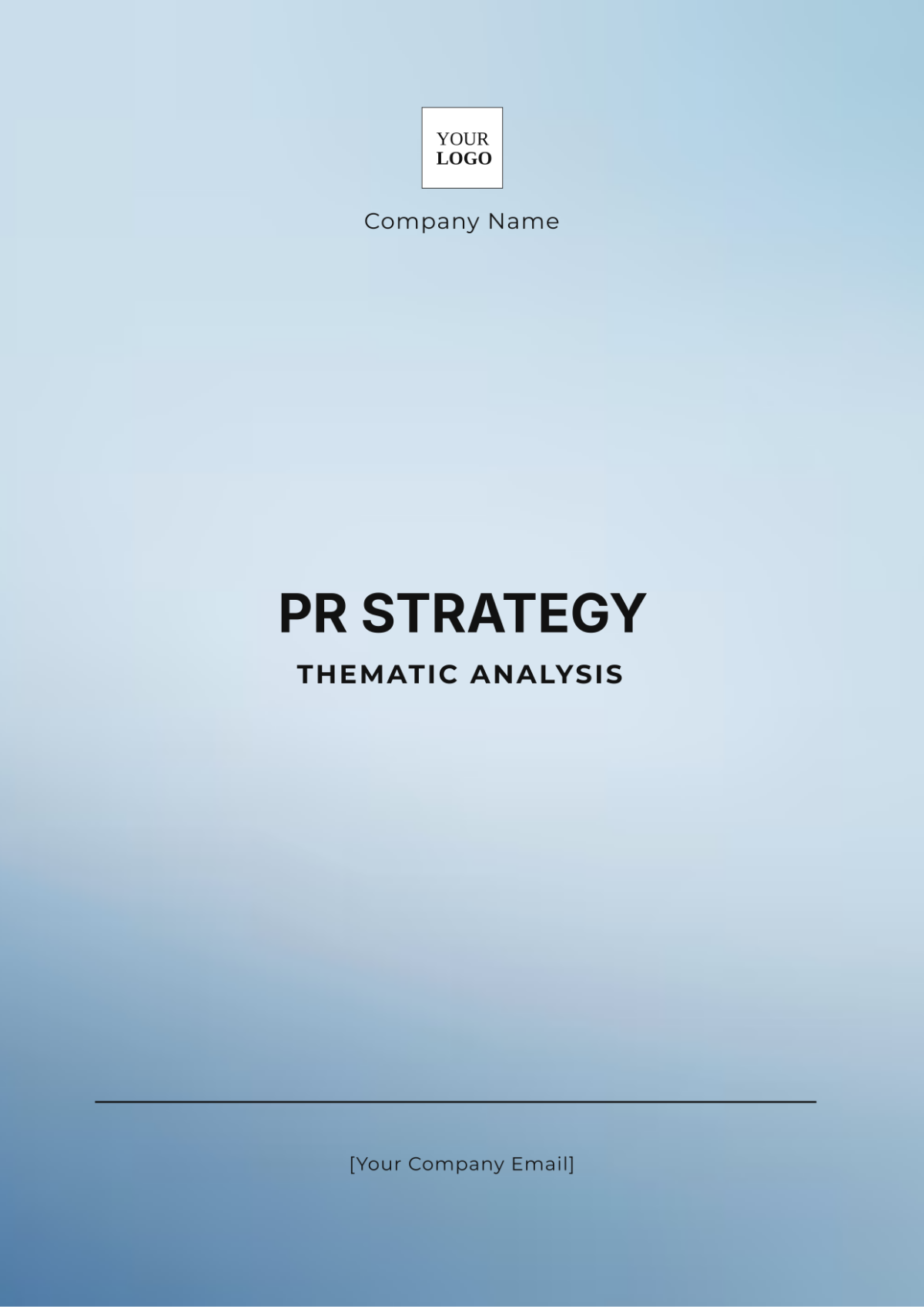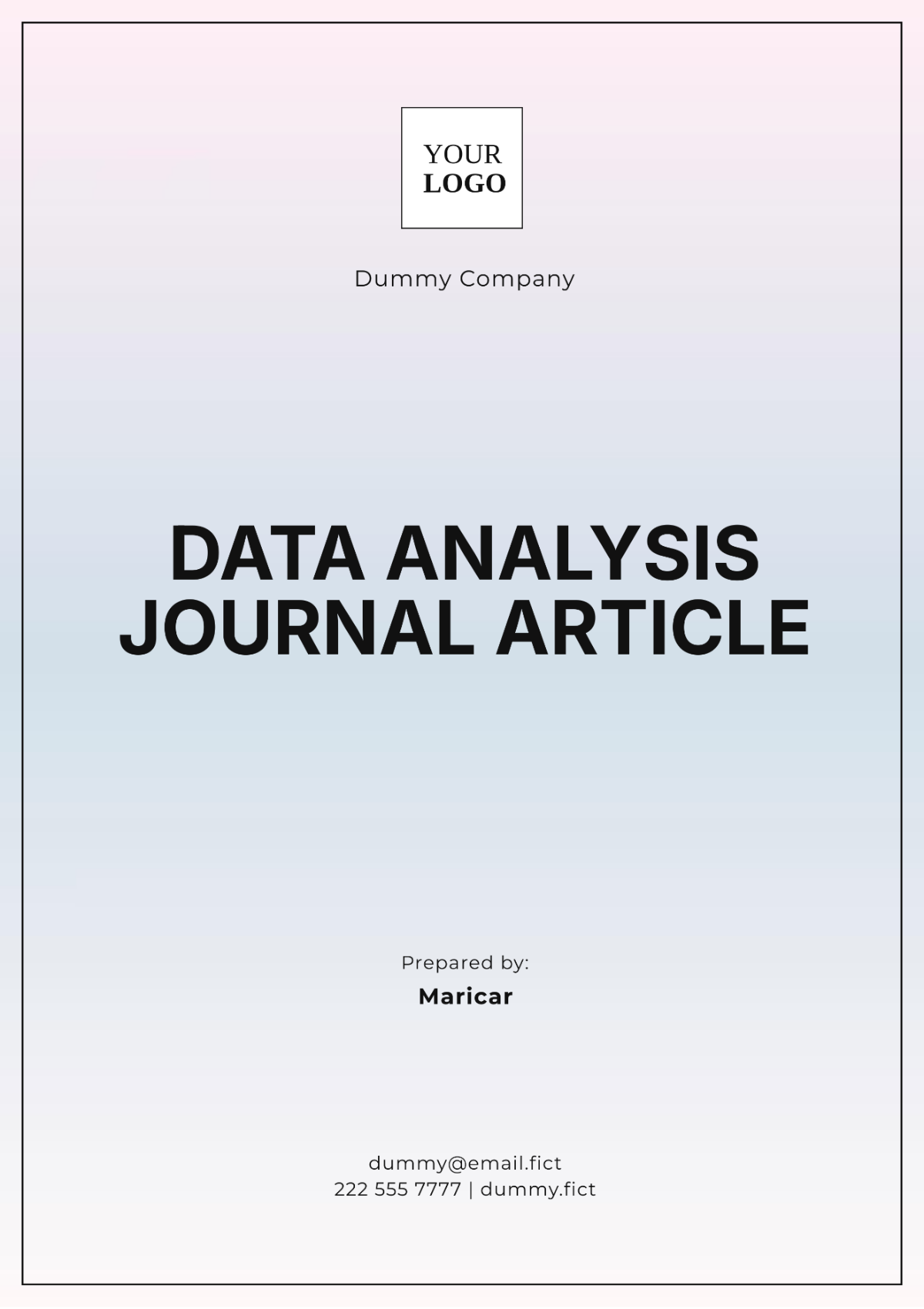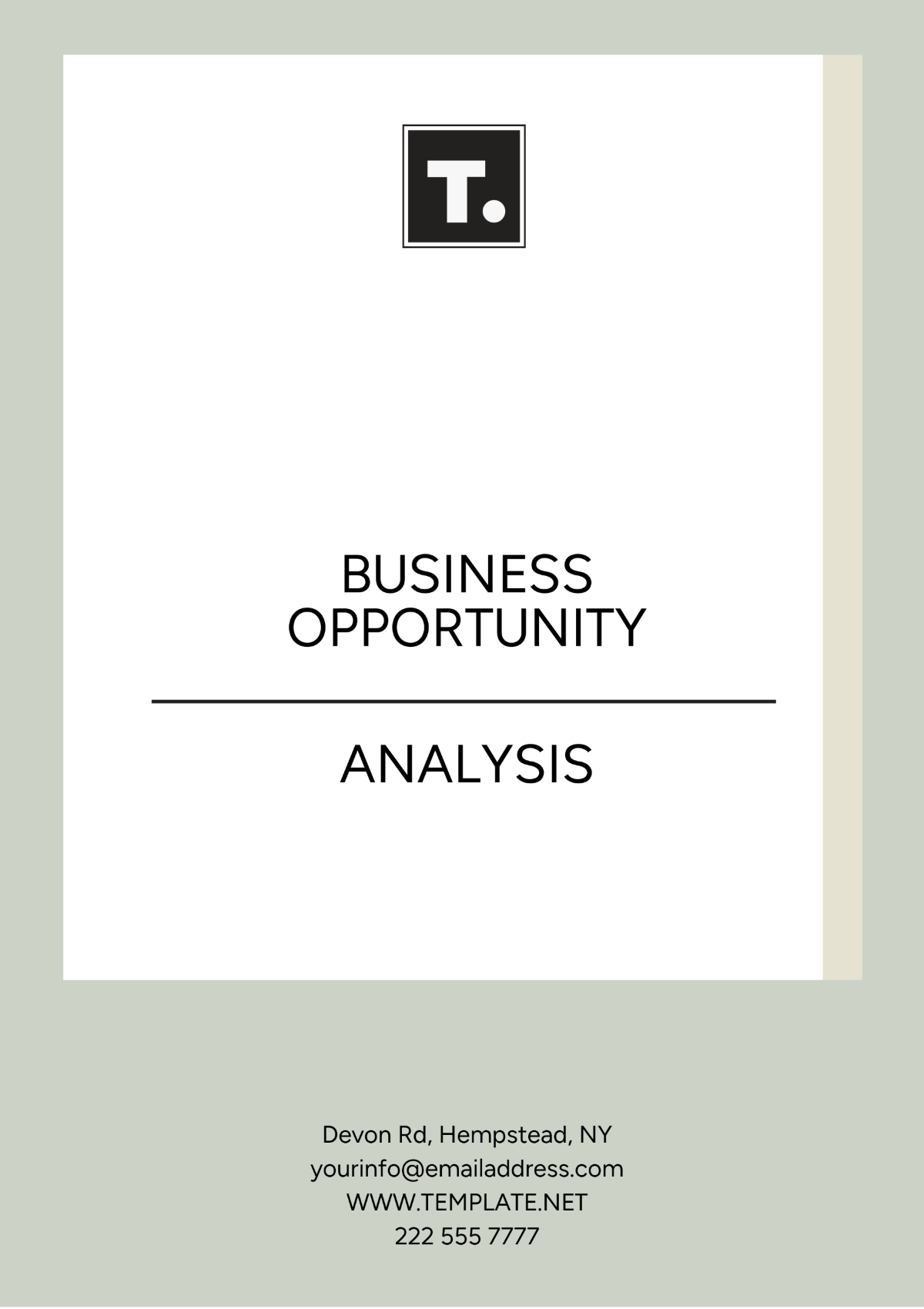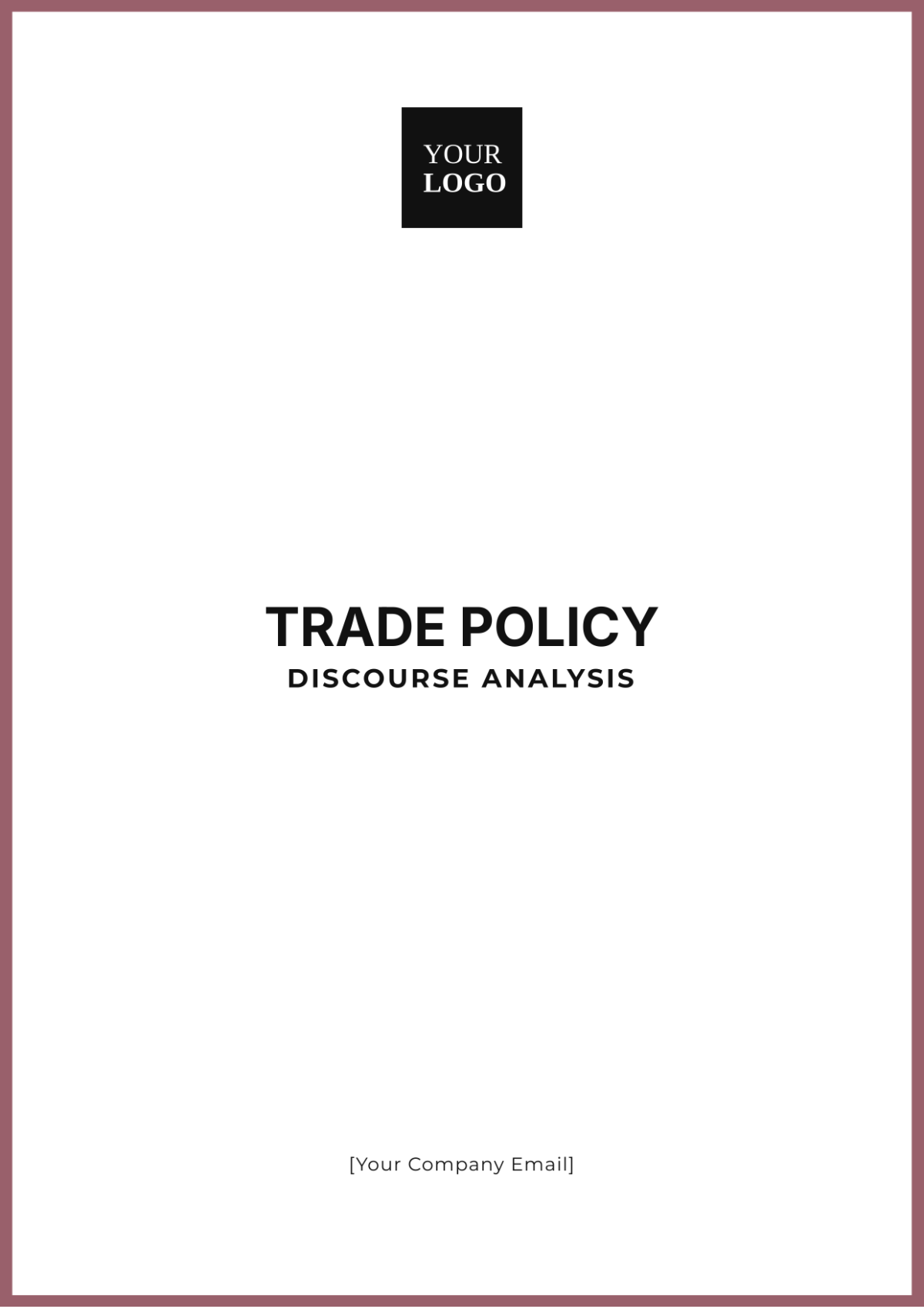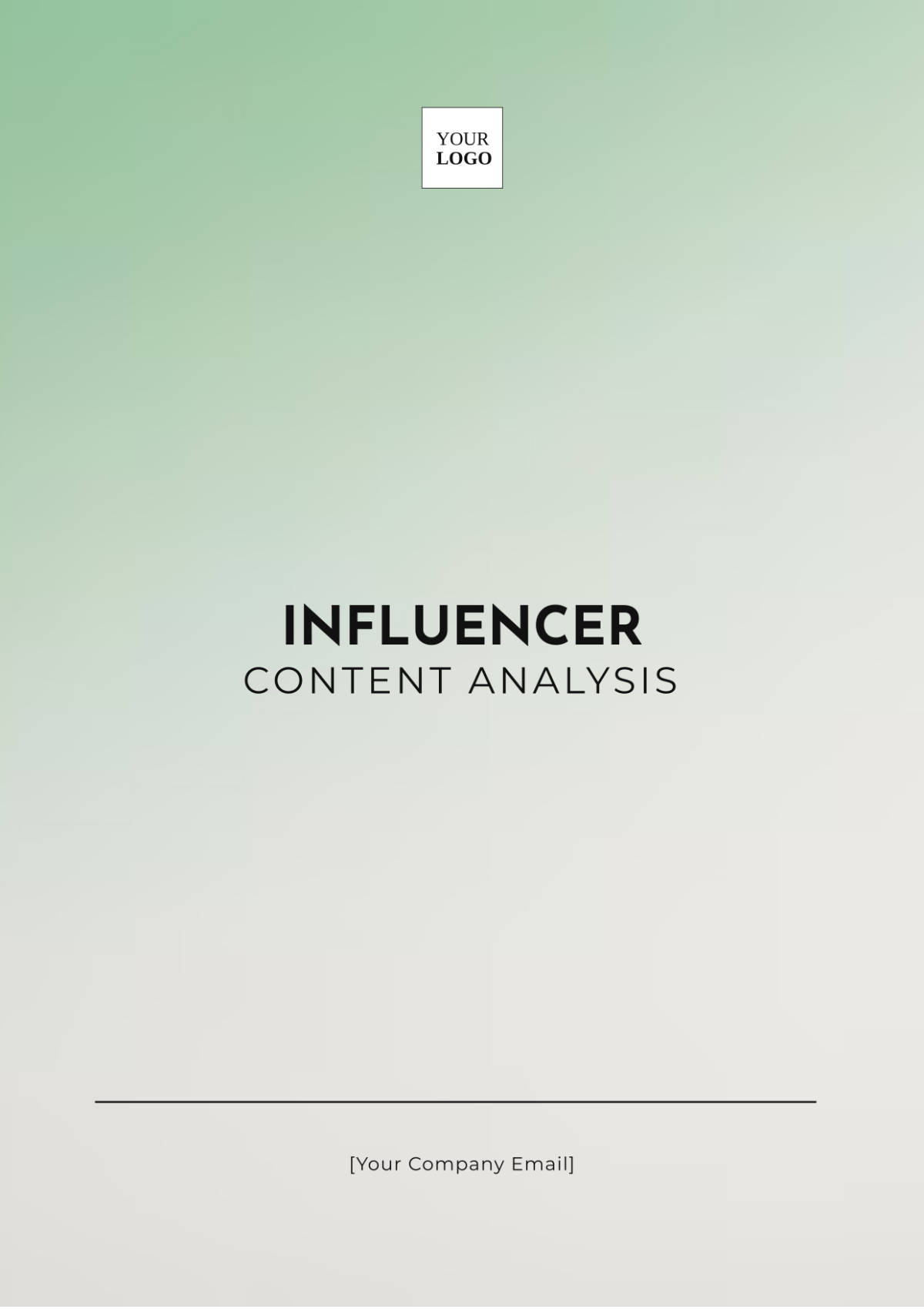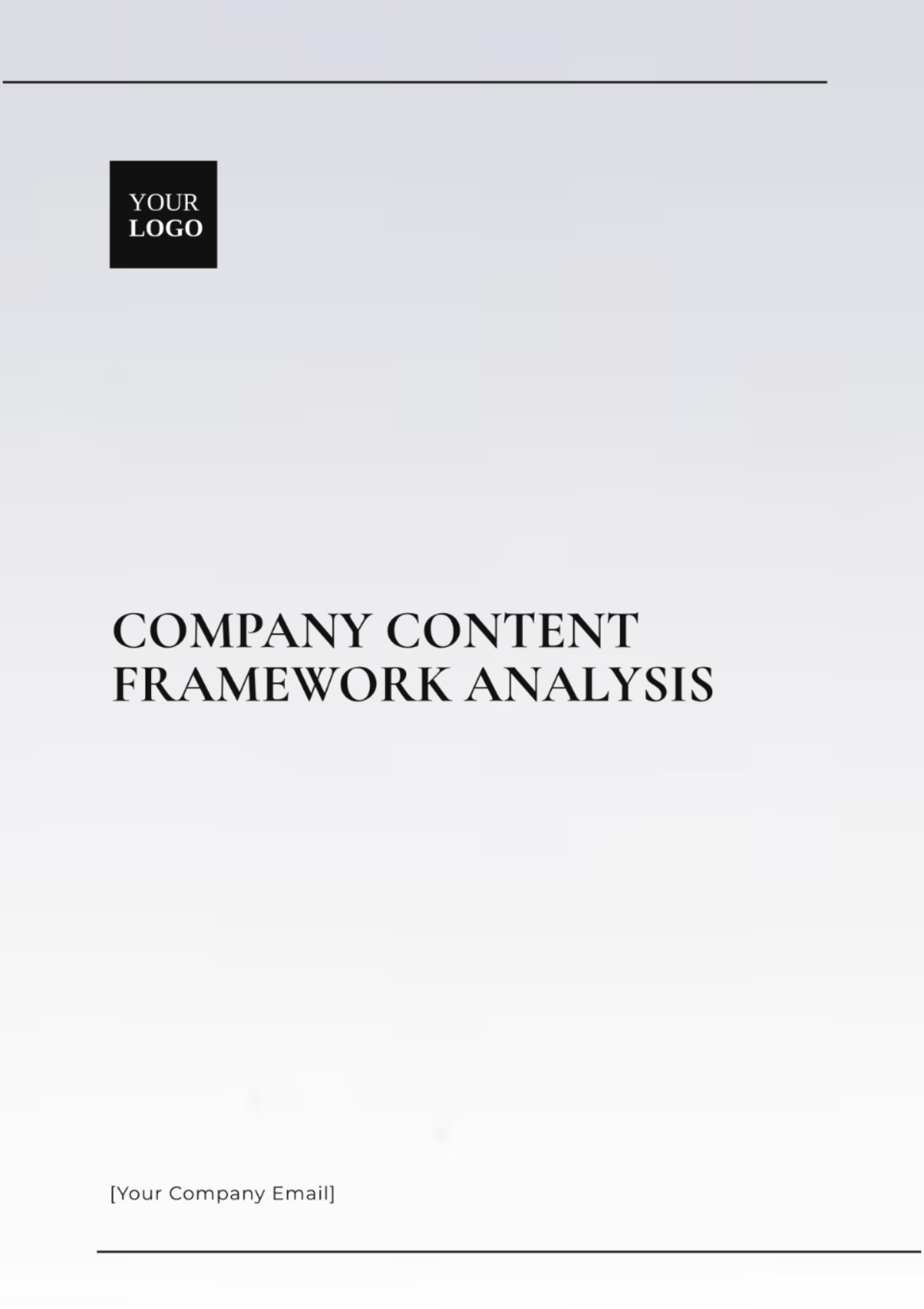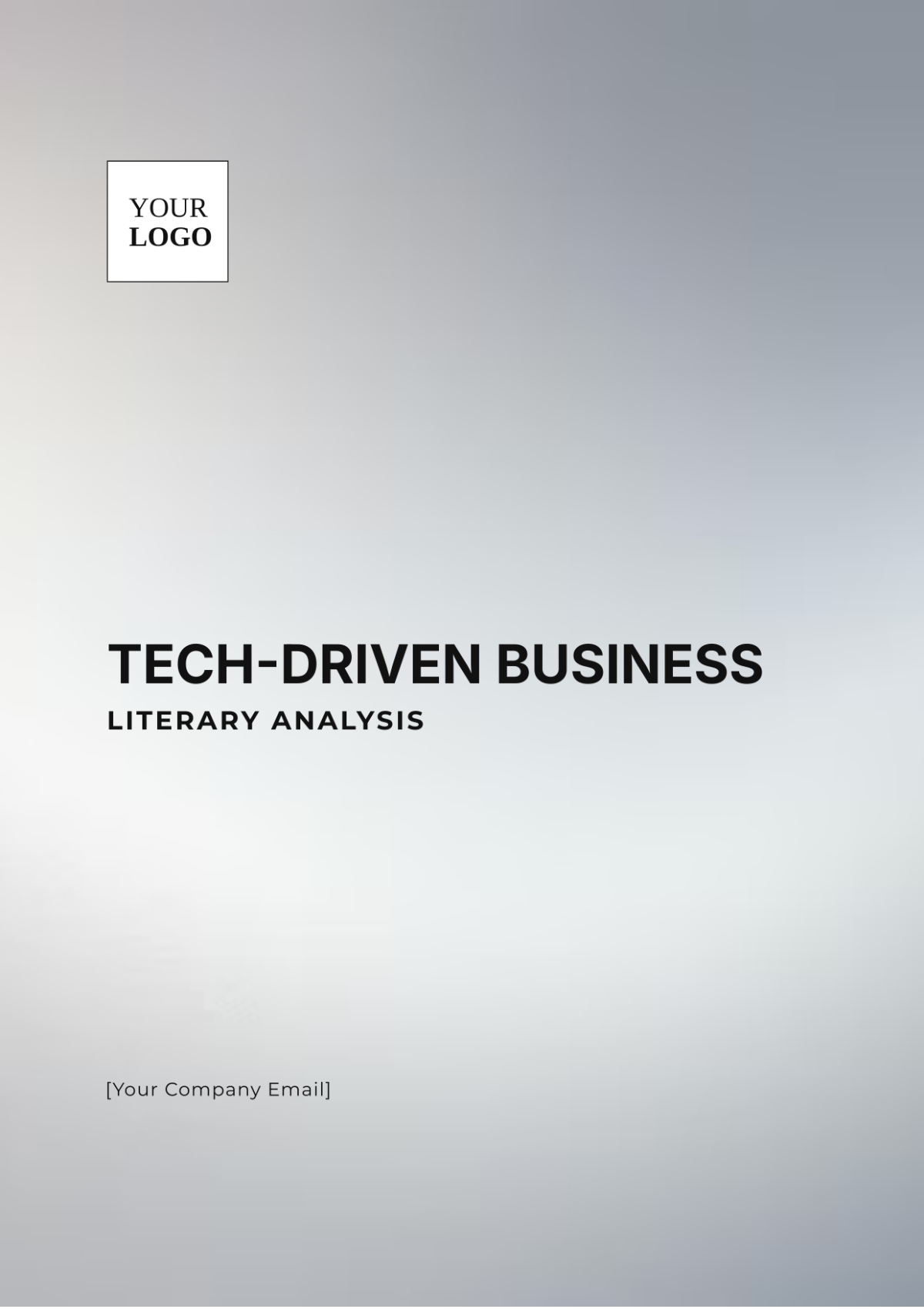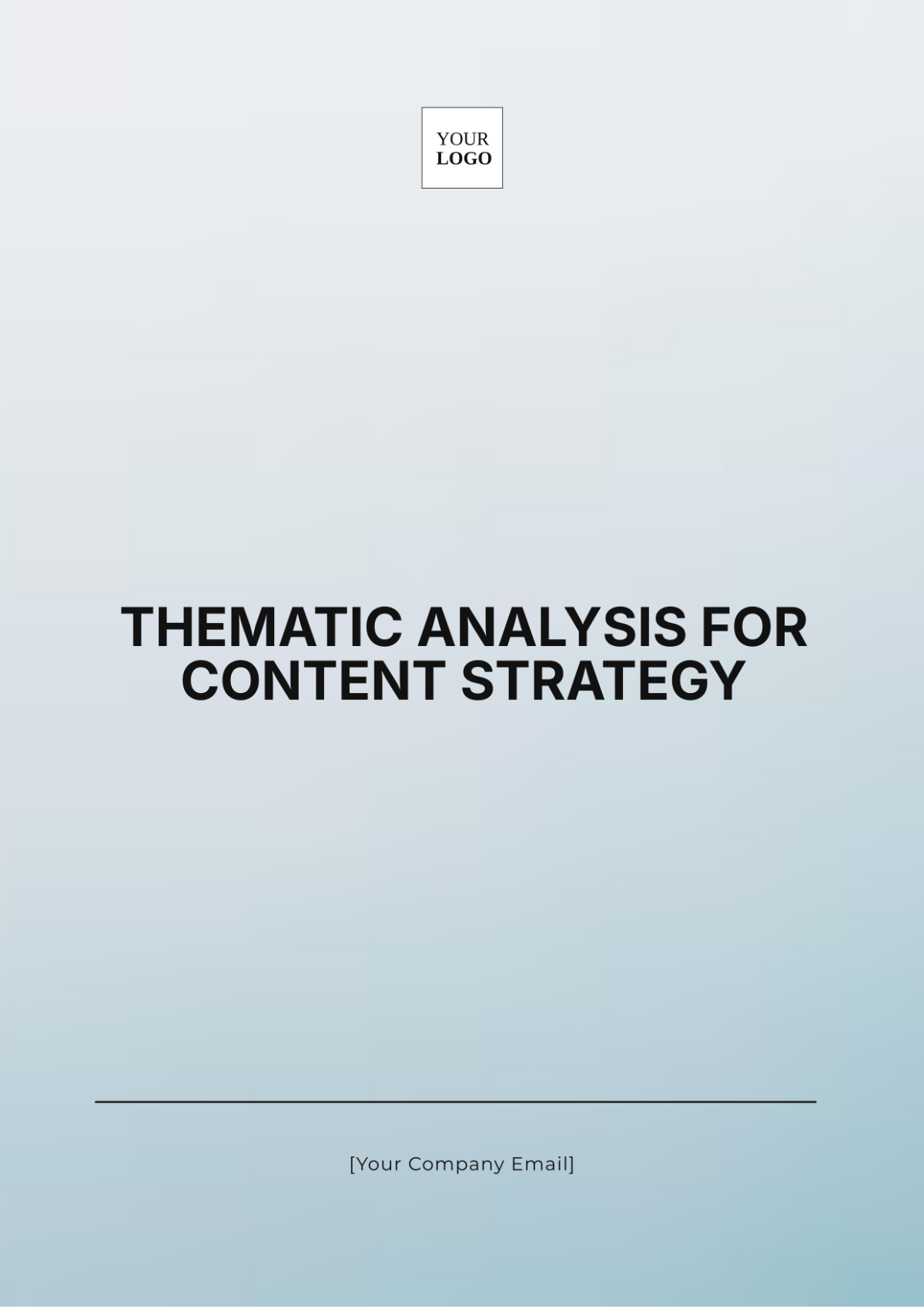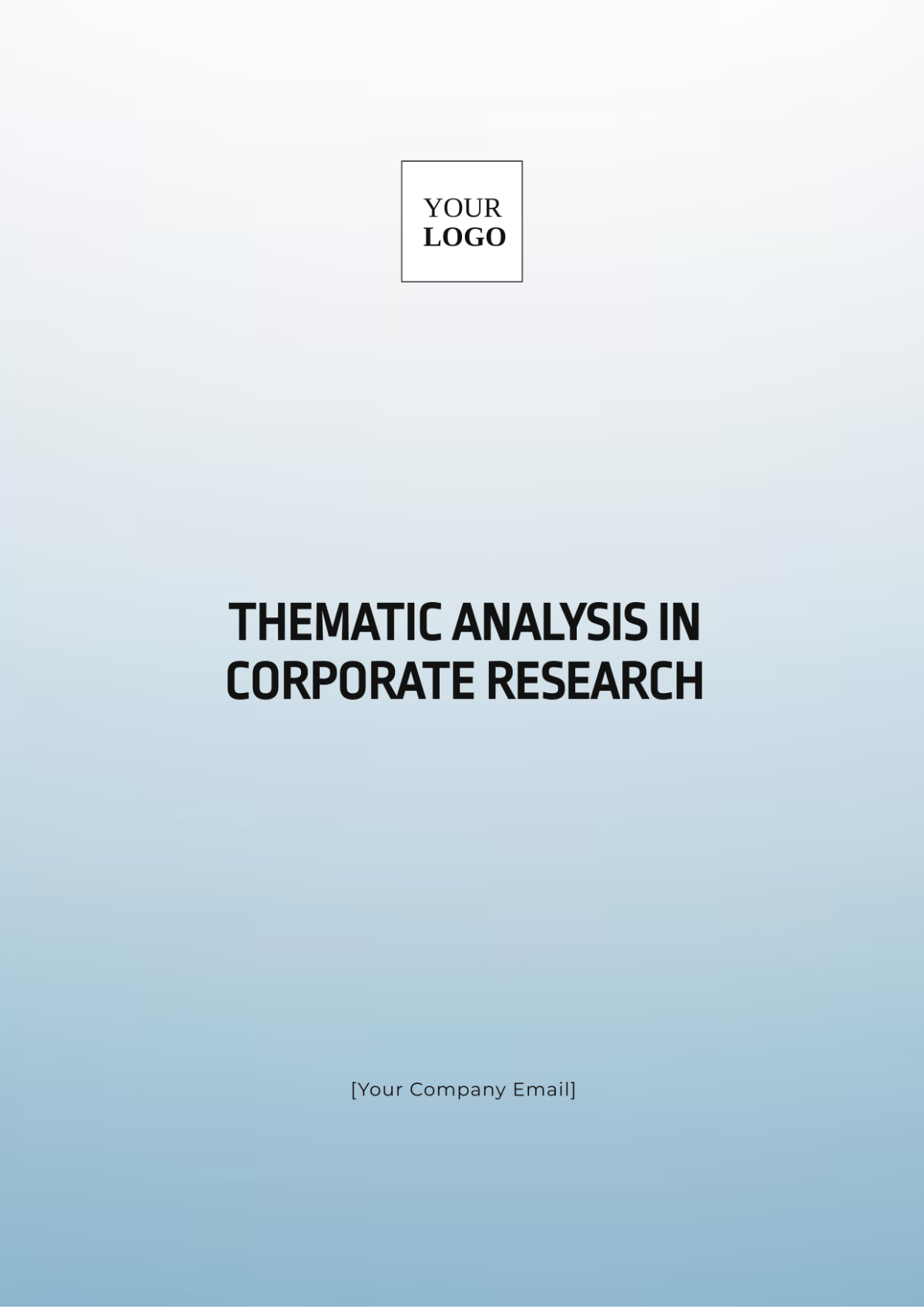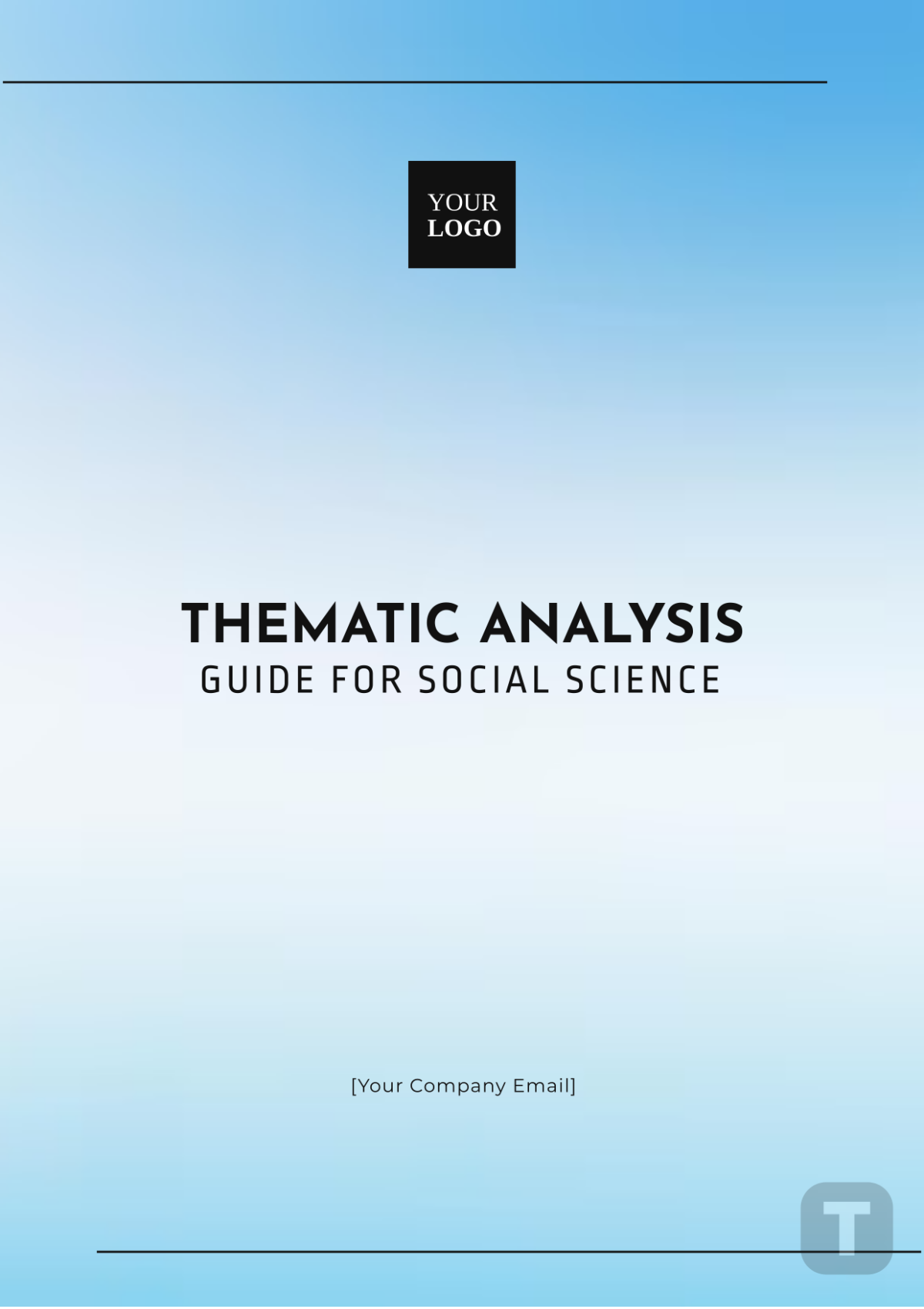Competitive Landscape Analysis
Prepared By: | [YOUR NAME] |
Department: | [YOUR DEPARTMENT] |
Company: | [YOUR COMPANY NAME] |
I. Executive Summary
This Competitive Landscape Analysis aims to provide a comprehensive overview of the market dynamics within the technology sector for the year 2050 and beyond. The analysis delves into the competitive strategies of key players, identifies emerging trends, and outlines strategic recommendations for [Your Company Name] to maintain its competitive edge.
Objective: To understand the market position and strategies of competitors in the technology sector.
Scope: Analysis of key competitors within the global technology market.
Key Findings:
Market Leadership: Apple Inc. continues to lead the market with a robust market share of 30%.
Disruptive Innovations: Emerging startups like Tesla Inc. are disrupting traditional market dynamics with innovative solutions.
Opportunities: Expansion into the Asian Market presents a significant growth opportunity, estimated to increase market share by 15%.
Threats: Regulatory changes in [Region] pose potential risks to market operations.
II. Market Overview
A. Industry Description
The technology sector in 2050 is characterized by rapid advancements in artificial intelligence, quantum computing, and biotechnology. With a global market size exceeding USD 10 trillion, the industry is projected to grow at a staggering rate of 10% annually. Key trends driving this growth include:
Trend 1: Integration of AI in various industries for automation and decision-making.
Trend 2: Development of quantum computing technologies for complex problem-solving.
Trend 3: Convergence of biotechnology and information technology for personalized healthcare solutions.
B. Target Market
The target market for technology solutions comprises diverse demographics, geographic regions, and psychographic profiles:
Demographics:
Age: Primarily 18-45 years old, with a growing interest among younger generations.
Gender: 60% male, 40% female with a slight skew towards male consumers.
Income Level: Middle to high-income earners, with disposable income for tech investments.
Geographic Focus:
Primary Markets: North America, Europe, Asia-Pacific
Secondary Markets: Latin America, Middle East, Africa
Psychographics:
Lifestyle: Early adopters of technology, tech enthusiasts.
Values: Embrace innovation, value convenience, and efficiency.
Behavioral Attributes:
Purchasing Habits: Prefer online purchases, frequent early adopters of new tech.
Brand Loyalty: Open to switching brands for superior technology and features.
III. Competitor Analysis
A. Competitor Identification
A detailed analysis of key competitors reveals their market share, key products/services, strengths, and weaknesses:
Competitor | Description | Market Share | Key Products/Services |
|---|---|---|---|
Apple Inc. | Global leader in consumer electronics | 20% | iPhone, iPad, Macbook |
Strengths | Weaknesses | ||
Strong brand loyalty, ecosystem integration | High product pricing, dependency on iPhone sales | ||
Microsoft Corp. | Leading provider of software and cloud services | 15% | Windows OS, Azure, Office 365 |
Strengths | Weaknesses | ||
Diverse product portfolio, strong enterprise presence | Limited success in the consumer hardware market | ||
Tesla Inc. | Pioneer in electric vehicles and renewable energy | 10% | Model S, Model 3, Powerwall |
Strengths | Weaknesses | ||
Innovative technology, visionary leadership | Production constraints, volatile stock performance |
B. Competitive Positioning
A comparative analysis of competitors' price points and value propositions reveals:
Price Point Comparison
Competitor | Price Range |
|---|---|
Apple Inc. | $800 - $2000 |
Microsoft Corp. | $100 - $300 |
Tesla Inc. | $30,000 - $100,000 |
Value Proposition
Apple Inc.: Premium quality products with seamless integration across devices.
Microsoft Corp.: Reliable software solutions tailored for both consumers and businesses.
Tesla Inc.: Sustainable transportation and energy solutions with cutting-edge technology.
IV. SWOT Analysis
Conducting a SWOT Analysis for [Your Company Name] and its major competitors highlights strategic insights:
A. [Your Company Name] SWOT Analysis
Strengths | Weaknesses |
|---|---|
Strong brand reputation | Limited global presence |
Innovative product pipeline | Relatively small market share |
Robust R&D capabilities | Dependence on third-party suppliers |
Opportunities | Threats |
|---|---|
Expansion into emerging markets | Intense competition from industry giants |
Strategic partnerships and alliances | Regulatory hurdles in key markets |
Technological advancements | Economic downturns |
B. Competitor SWOT Analysis
1. Apple Inc.
Strengths | Weaknesses |
|---|---|
Brand loyalty and recognition | Reliance on iPhone sales for revenue |
Ecosystem integration | High product pricing |
Opportunities | Threats |
|---|---|
Expansion into healthcare technology | Increasing competition from rivals |
Innovation in AR/VR technology | Potential backlash over privacy concerns |
2. Microsoft Corp.
Strengths | Weaknesses |
|---|---|
Dominance in the enterprise software market | Limited success in consumer hardware |
Cloud computing leadership | Dependency on Windows OS for revenue |
Opportunities | Threats |
|---|---|
Growth in cloud services adoption | Cybersecurity threats and data breaches |
Expansion into AI and IoT | Regulatory challenges in global markets |
3. Tesla Inc.
Strengths | Weaknesses |
|---|---|
Innovation in electric vehicles | Production constraints and delays |
Visionary leadership | Volatility in stock performance |
Opportunities | Threats |
|---|---|
Expansion into energy storage solutions | Increased competition from traditional automakers |
Growth in sustainable transportation | Supply chain disruptions |
V. Strategic Recommendations
Based on the analysis, the following strategic recommendations are proposed for [Your Company Name]:
Market Penetration Strategies: Expand global presence through strategic partnerships and acquisitions.
Product Development Strategies: Invest in R&D to develop innovative solutions catering to emerging market needs.
Market Development Strategies: Target niche markets with tailored marketing campaigns and localized products.
Diversification Strategies:
VI. Conclusion
In conclusion, the Competitive Landscape Analysis reveals Apple Inc.'s dominance with a 30% market share, while startups like Quantum Computing Solutions disrupt traditional norms. The analysis identifies expansion into the Asian market as a lucrative opportunity for a 15% increase in market share, albeit with regulatory risks in the European Union.
